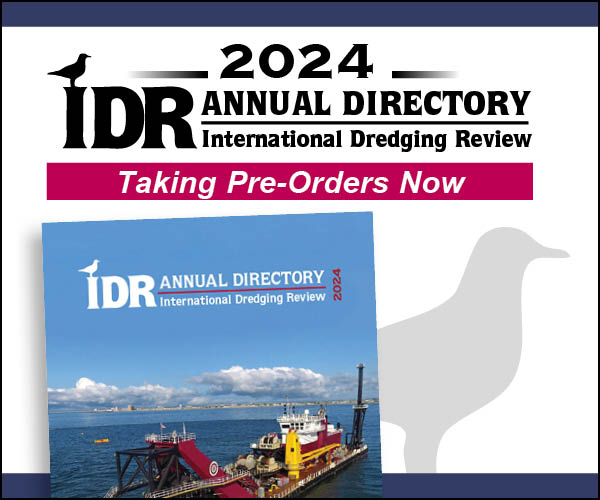Time to change our attitude toward public works funding
Remembering grade school American history classes terms and phrases stay in my mind though I don’t remember the meanings of all of them: Know Nothings Copperheads Taft-Hartley Act 54-40 or Fight! Tippecanoe and Tyler Too! Bull Moose Party…and Pork Barrel Spending.
Research shows the last item in the list to have entered the lexicon in 1863 as “a homely metaphor for any form of public spending to the citizenry.” (Wikipedia). Through the years it gained a more sinister reputation and is now used to describe the attempts by politicians to siphon federal money into their constituencies for presumably useless projects.
Where the projects are not needed and the funds undeserved certainly they should be described in critical terms. But to apply ‘pork barrel’ to necessary projects such as replacing dams that have failed or are about to fail waterways with deadly unmarked shoals bridges about to fall down and highways that are crumbling under our wheels or ancillary projects not life-or-death but that will create jobs is lazy thinking.
I have always distrusted popular slang because it stops conversations and makes it too easy to wound much like telling someone off in an email.
“Don’t even go there”
“Not!”
“Well excuuuse me”
“Why am I not surprised?”
The “pork barrel” concept has gotten out of control in the stimulus discussion and is used to deride any part of the package that someone considers unpopular. So instead of well-thought-out well-researched objections the item is called “pork” and … end of discussion.
(I owe this topic to Brian Burgett who pointed out to me in an interview how inaccurate and damaging to the economic discussion this label is.)
I flew to Baltimore through Charlotte on U.S. Airways on January 14 and had a nice visit with the folks at Ellicott and some other local dredging people on the 15th. At the end of the day I walked into Paul Quinn’s office and he pointed to a news report airing on his computer monitor. “There’s your plane” he said. And indeed the plane floating on the Hudson River its wings crowded with passengers was exactly like the one I had flown on the day before. As we watched boats began to converge on the plane and news reports talked of divers and cranes to lift the plane. I knew that our colleagues in New York would be involved in various ways and sure enough there were Donjon cranes hooked onto the plane the next day replaced by Weeks Marine cranes. Corps of Engineers boats helped out and Randive Diving Services was on hand to install slings around the plane.
It’s satisfying to see the maritime community pull together in an emergency and with such participation in these non-dredging activities by members of the dredging community their efforts are worth a cover picture. And even more so when there was such a happy ending – everyone got out of the plane safely.
On January 16 when I was on the plane ready to take off for home I heard a new admonition in the safety talk – “in case of a water landing do not open the emergency doors over the wings.” I would have thought those would be the very doors to open but nobody was asking any questions.
The Better Business Bureau has changed their grading structure from satisfactory/unsatisfactory to regular A through F grades. I found out today that IDR has an A+.
And speaking of grades the ASCE announced its grades for the U.S. infrastructure three months early on January 28 to coincide with the beginning of the discussions on the stimulus bill. The grade is the lowest it has ever been – D minus – a wake-up call for Congress to do something about it now before another bridge collapses or another dam fails.
Judith Powers Editor



